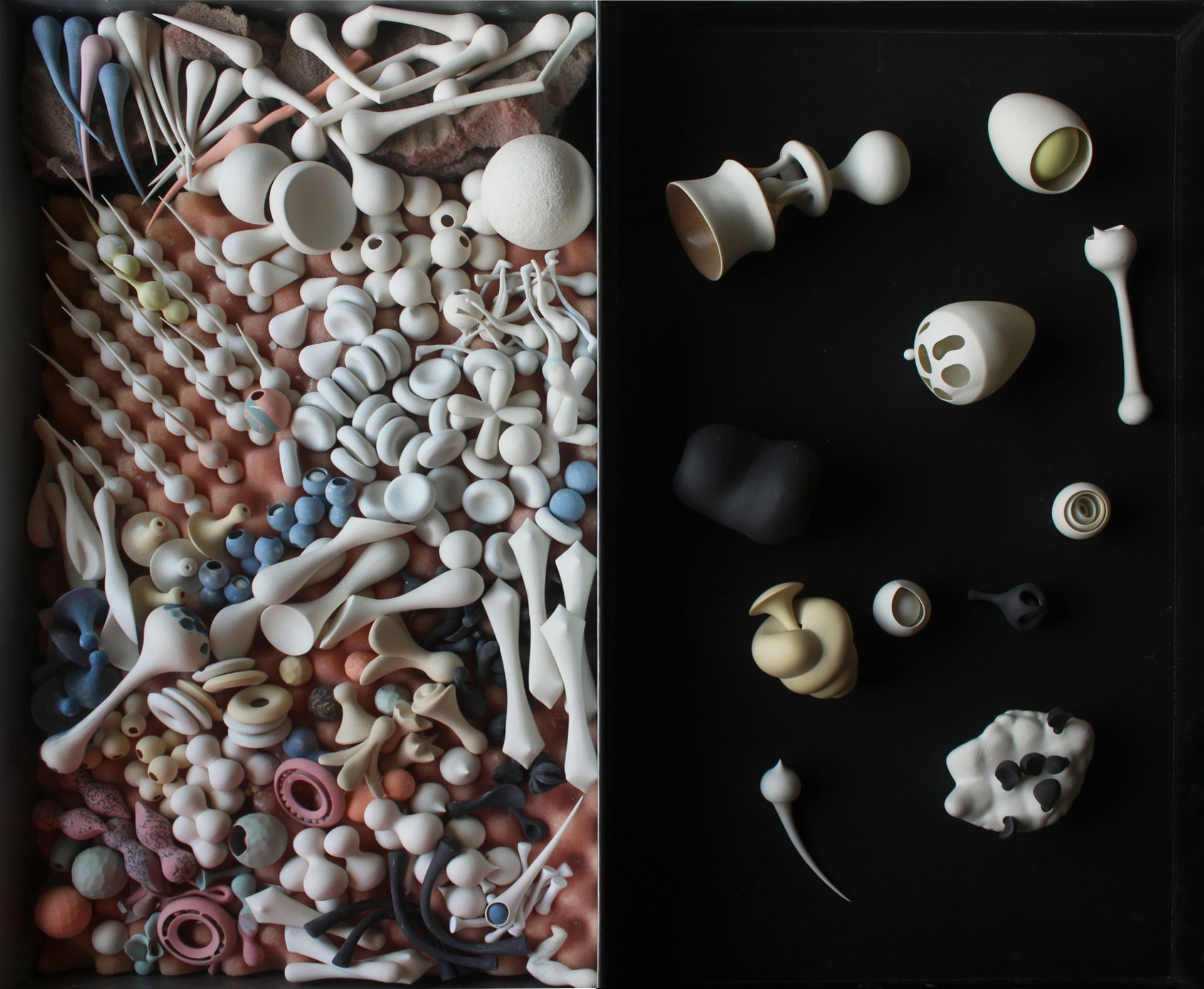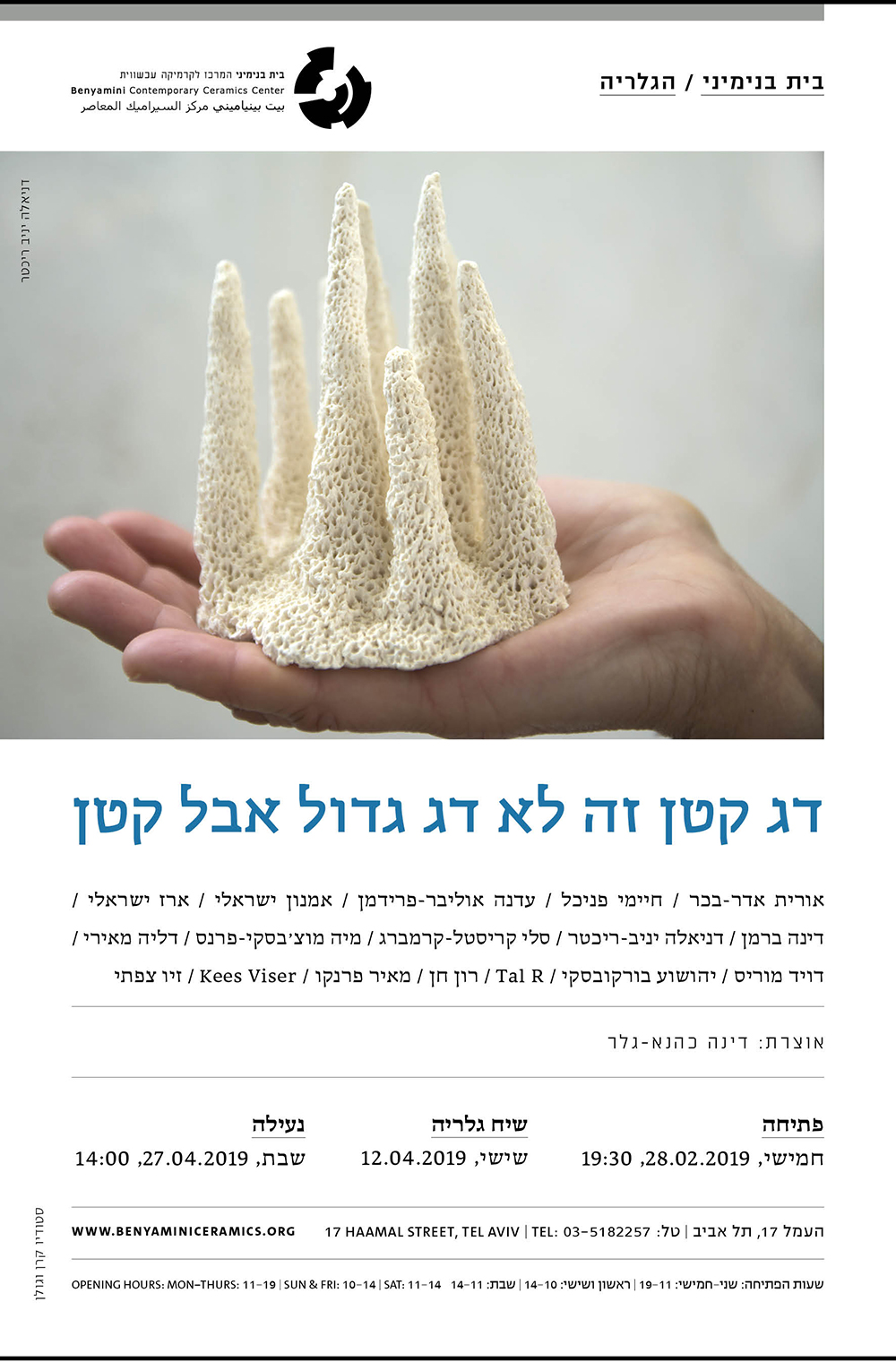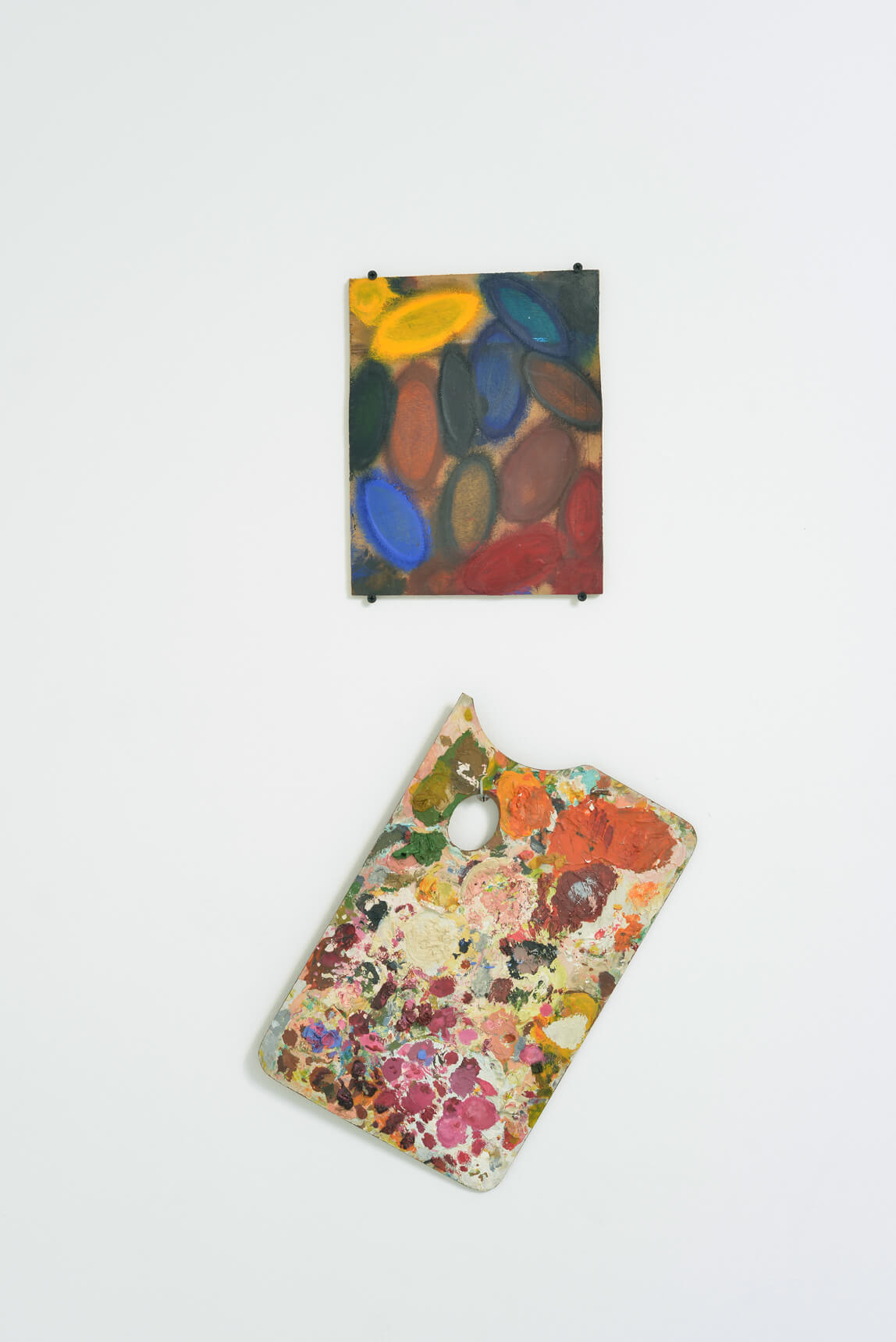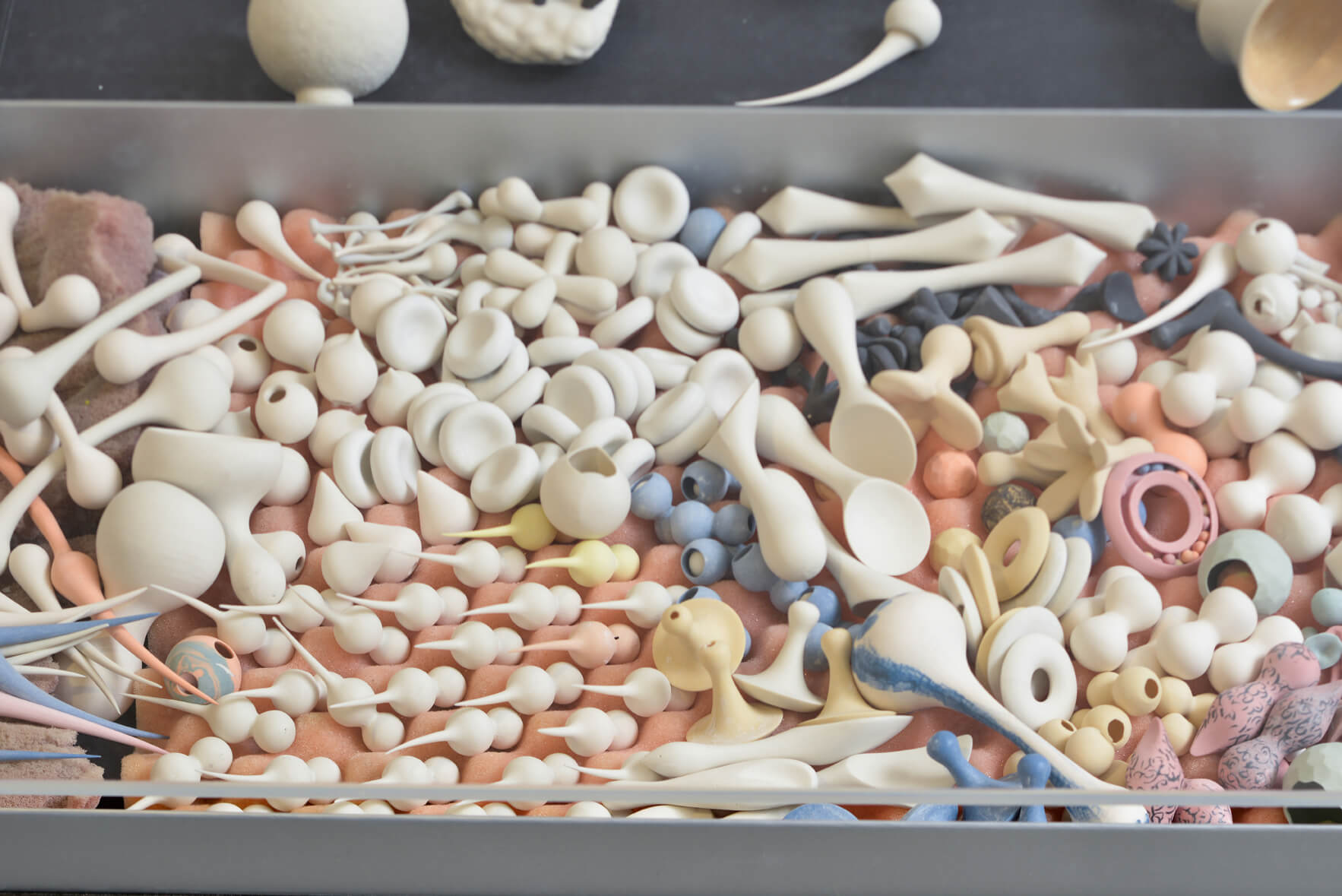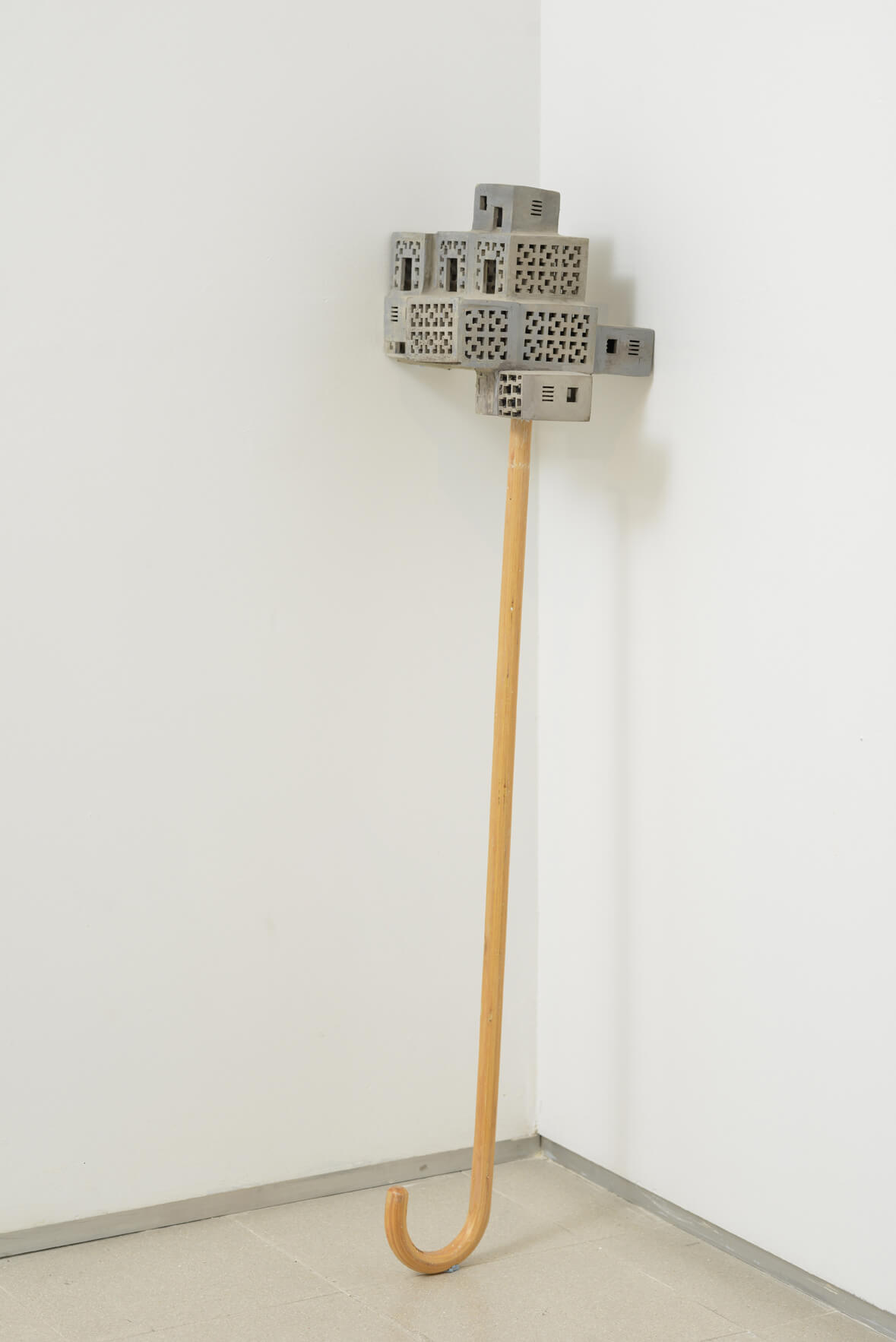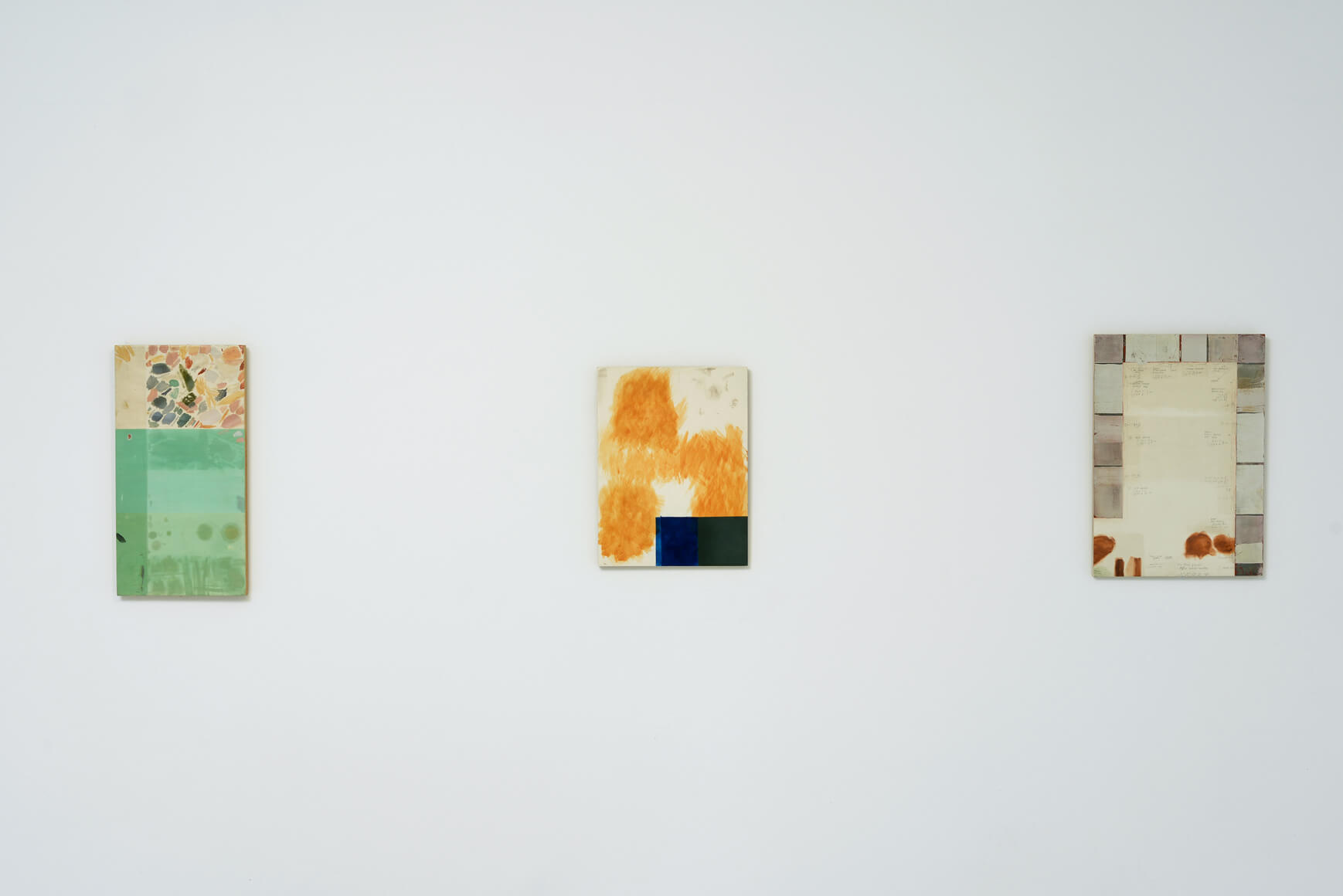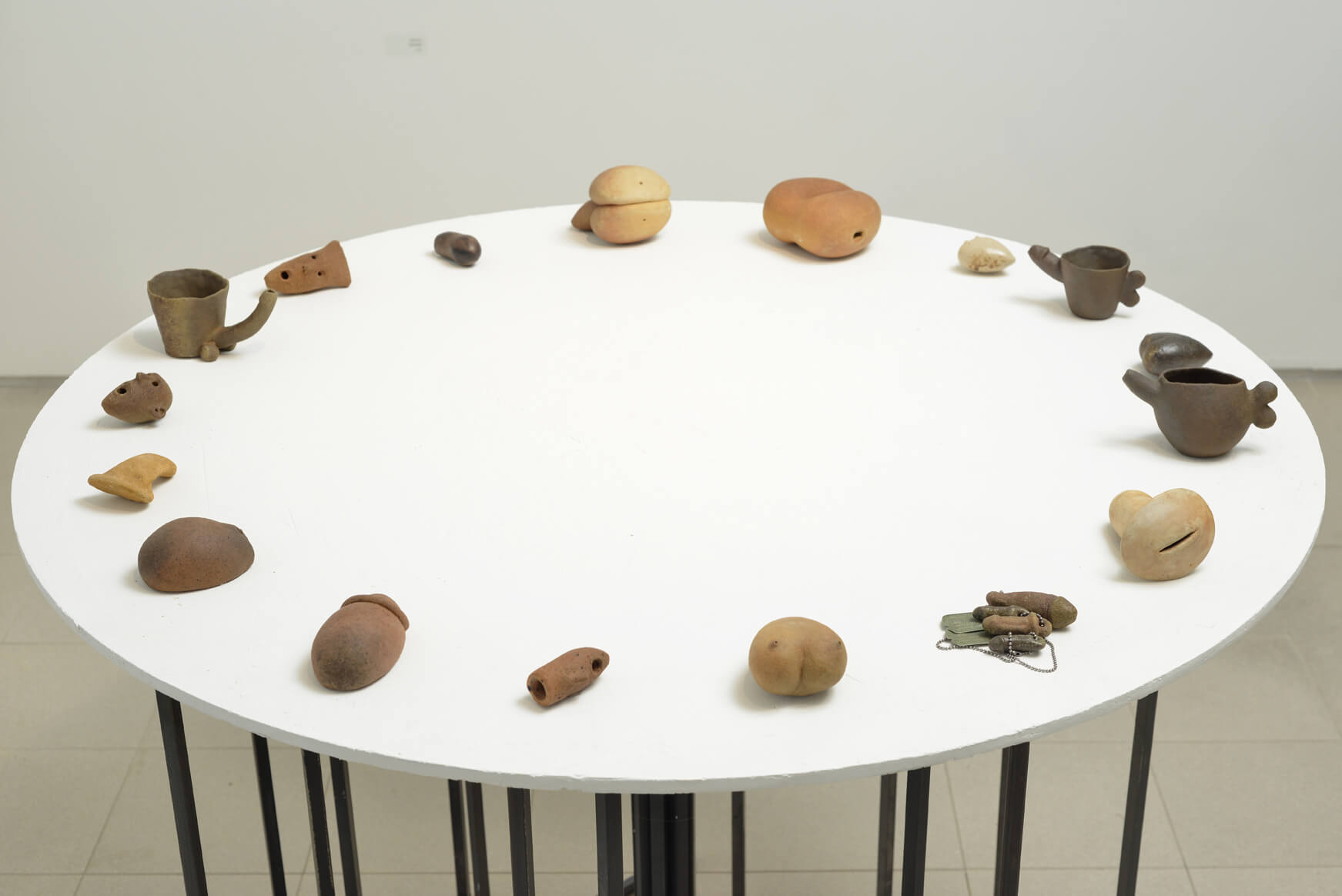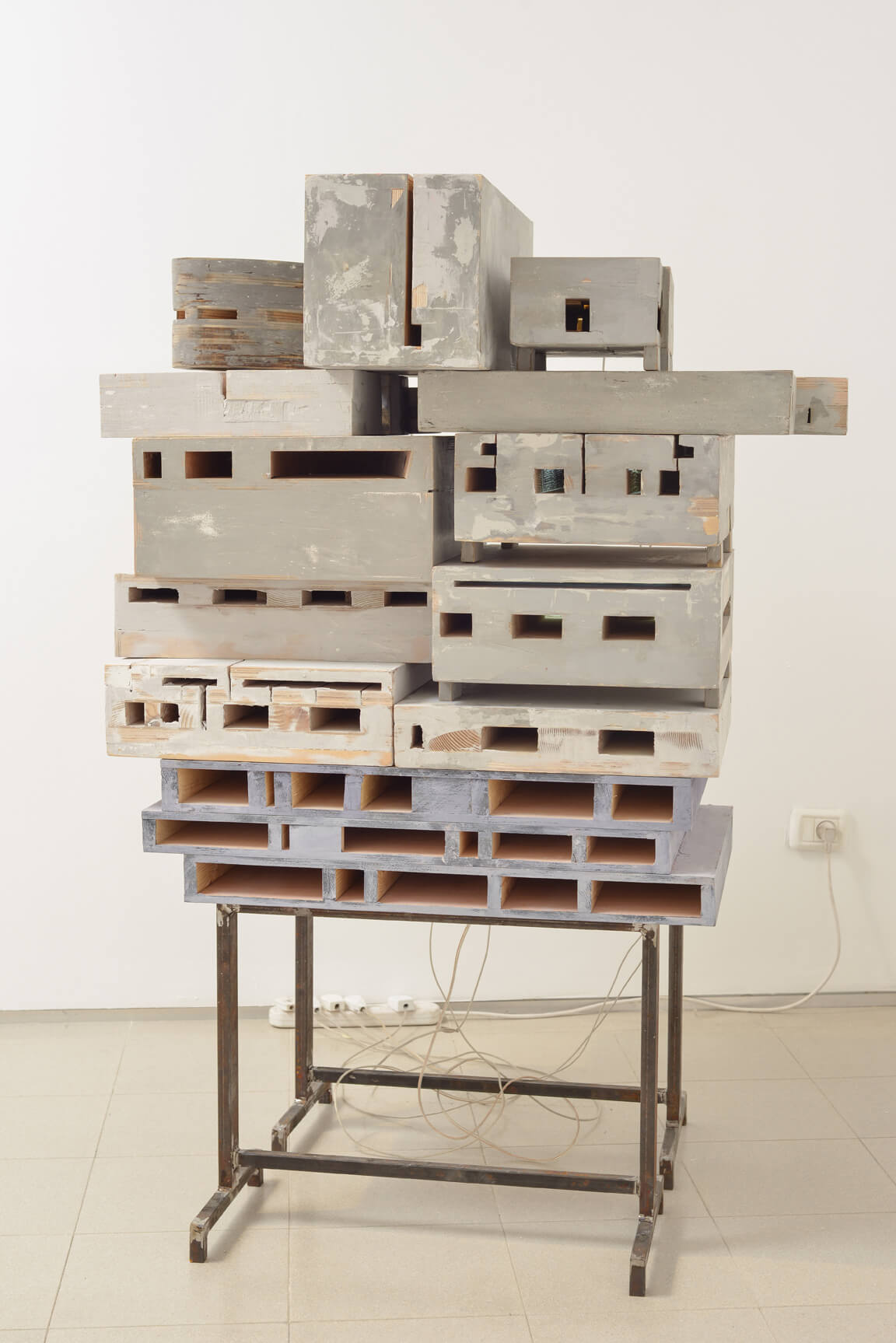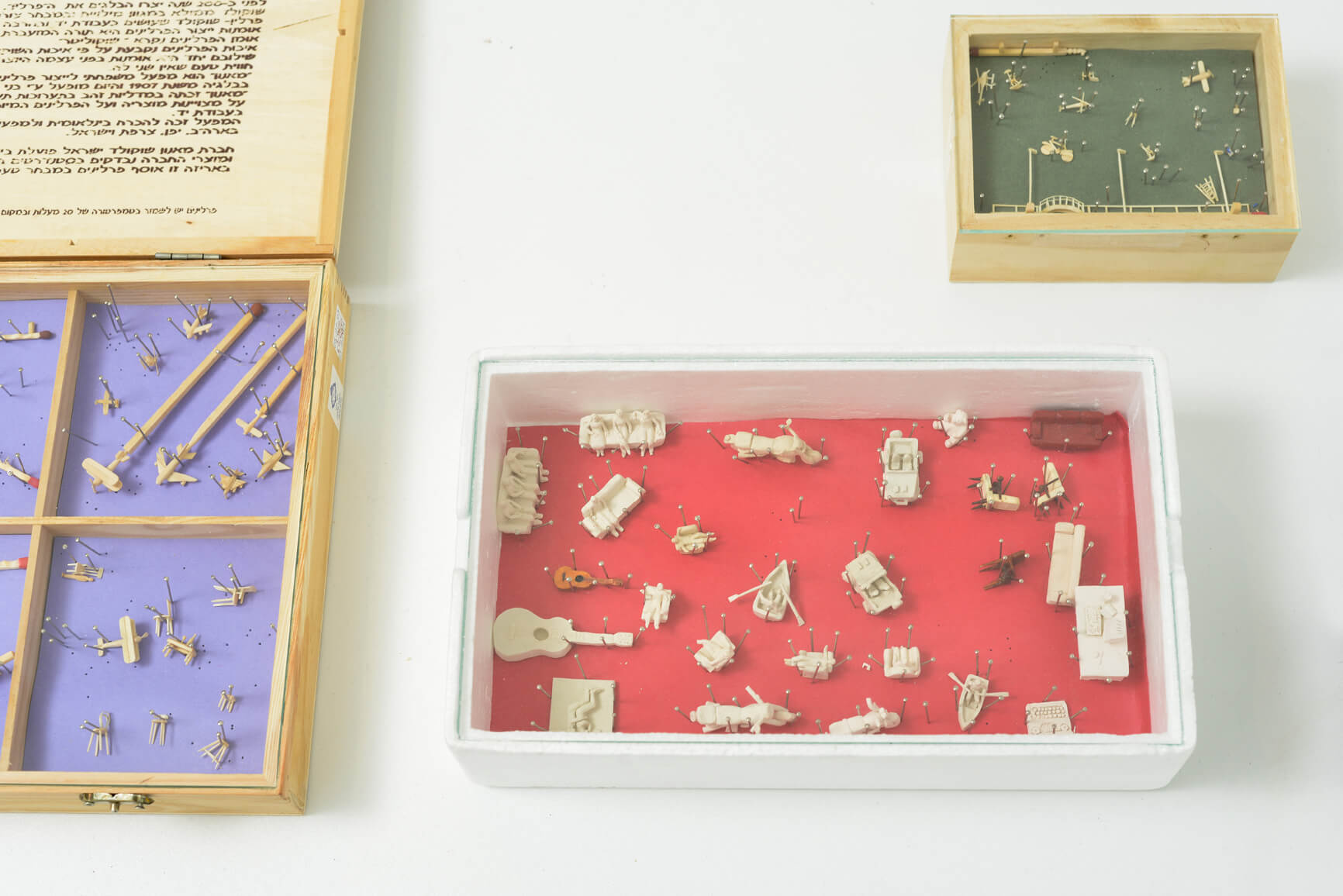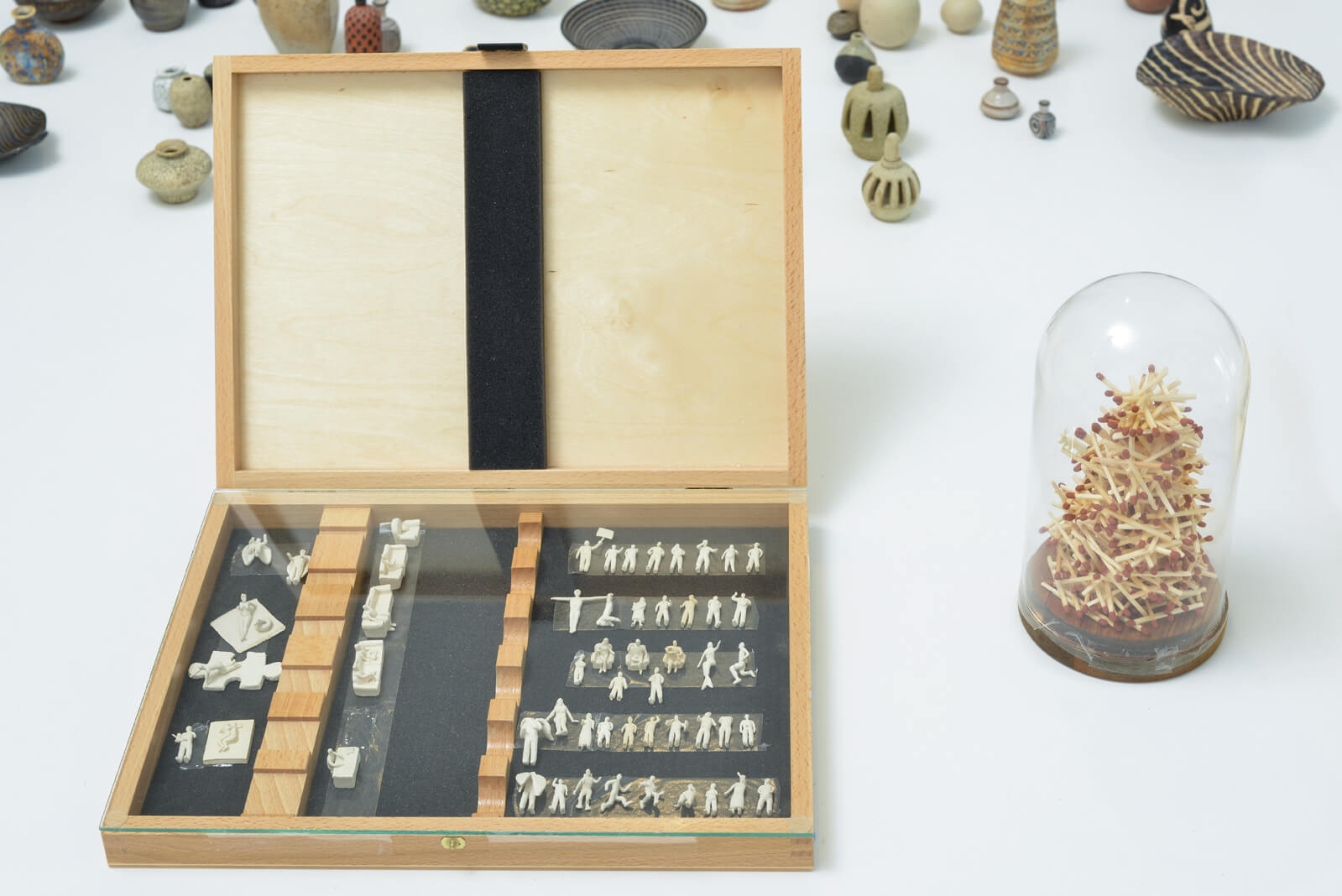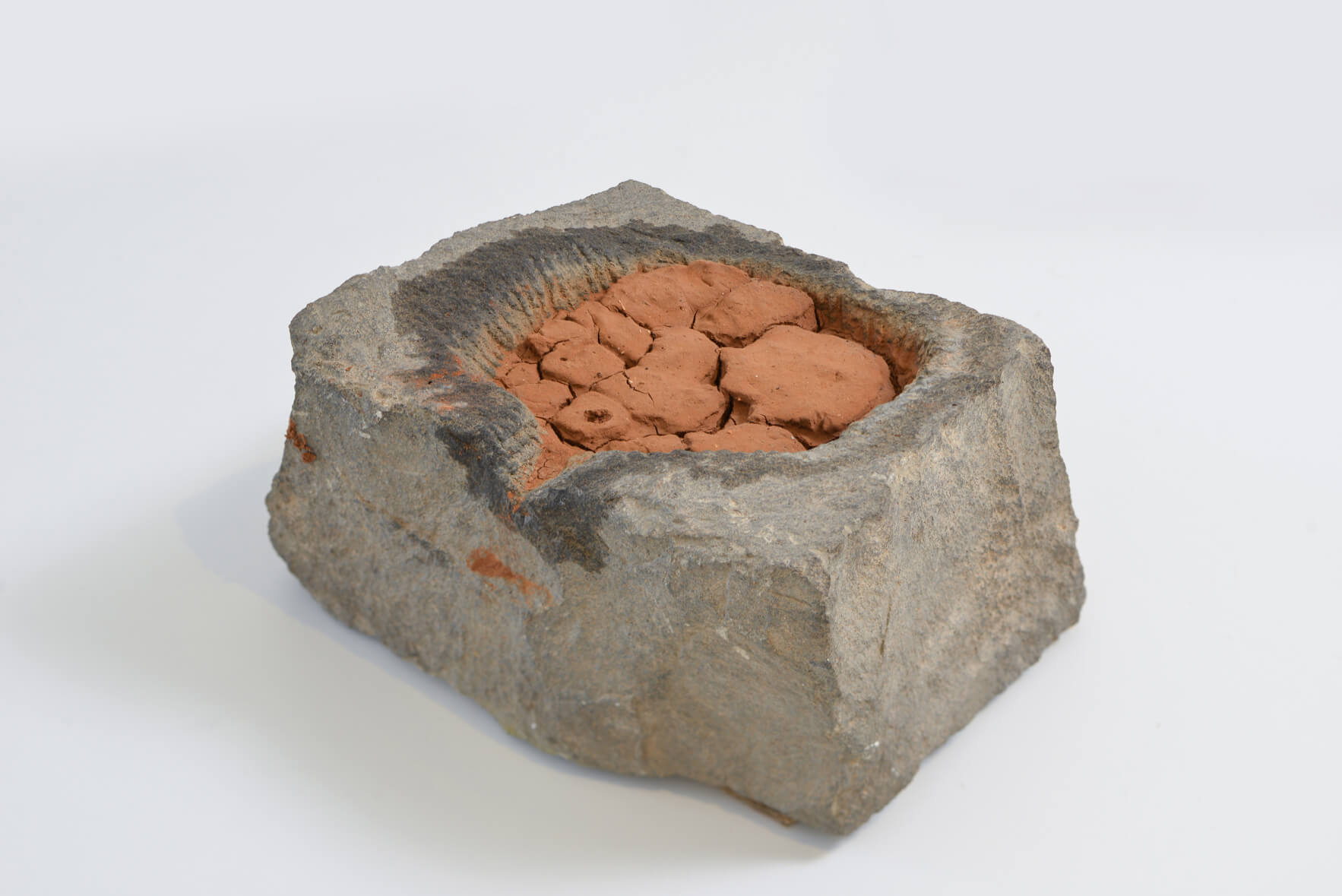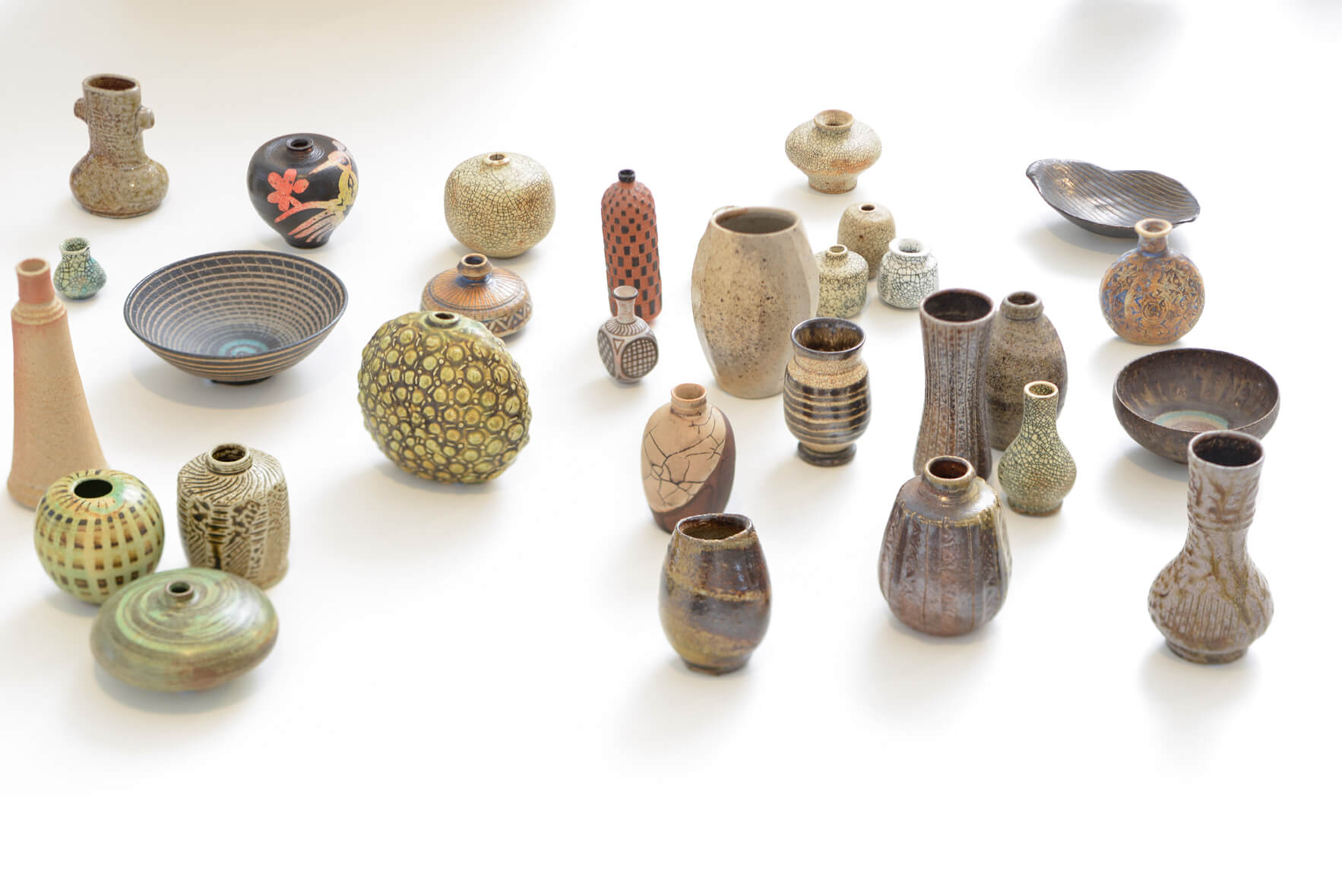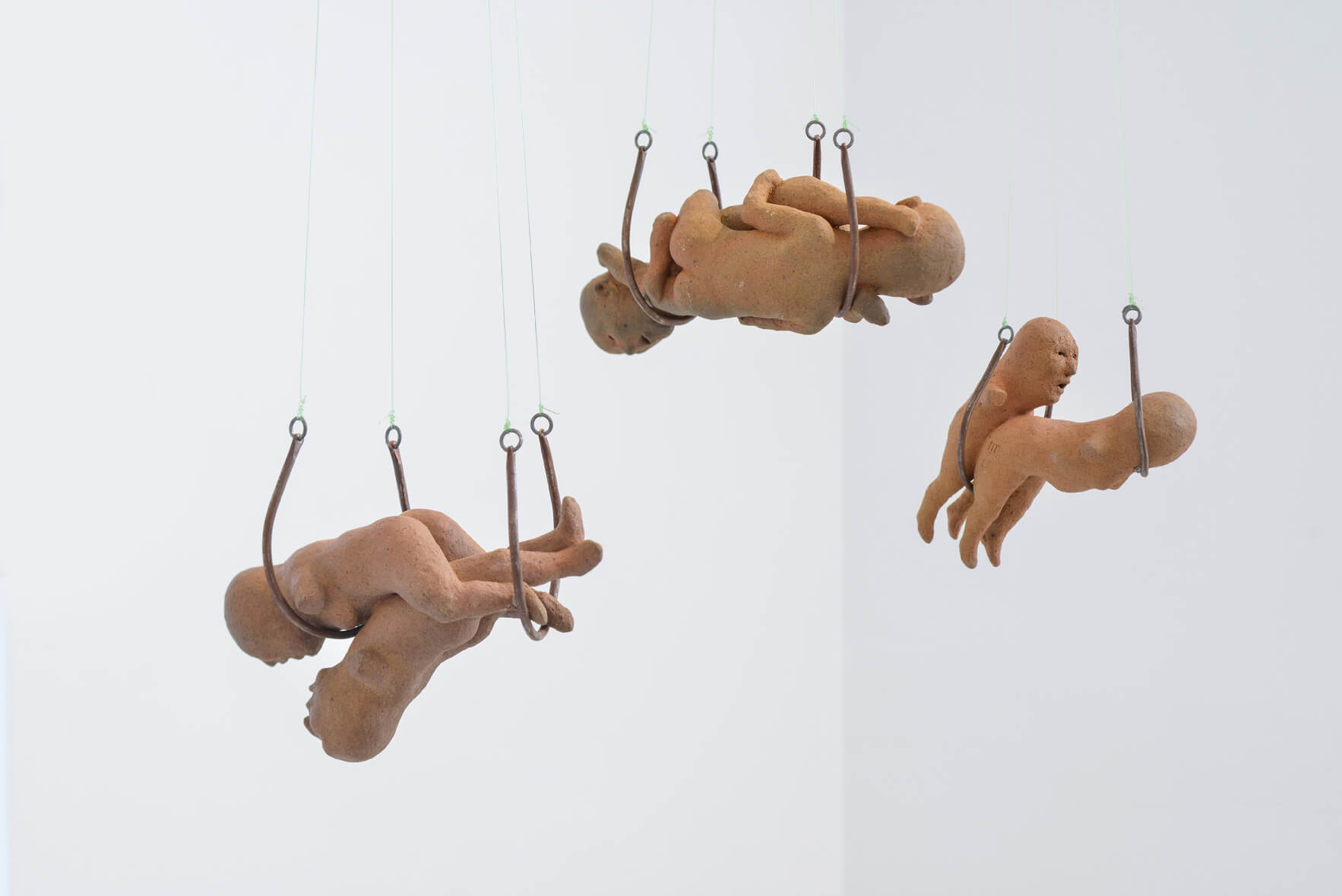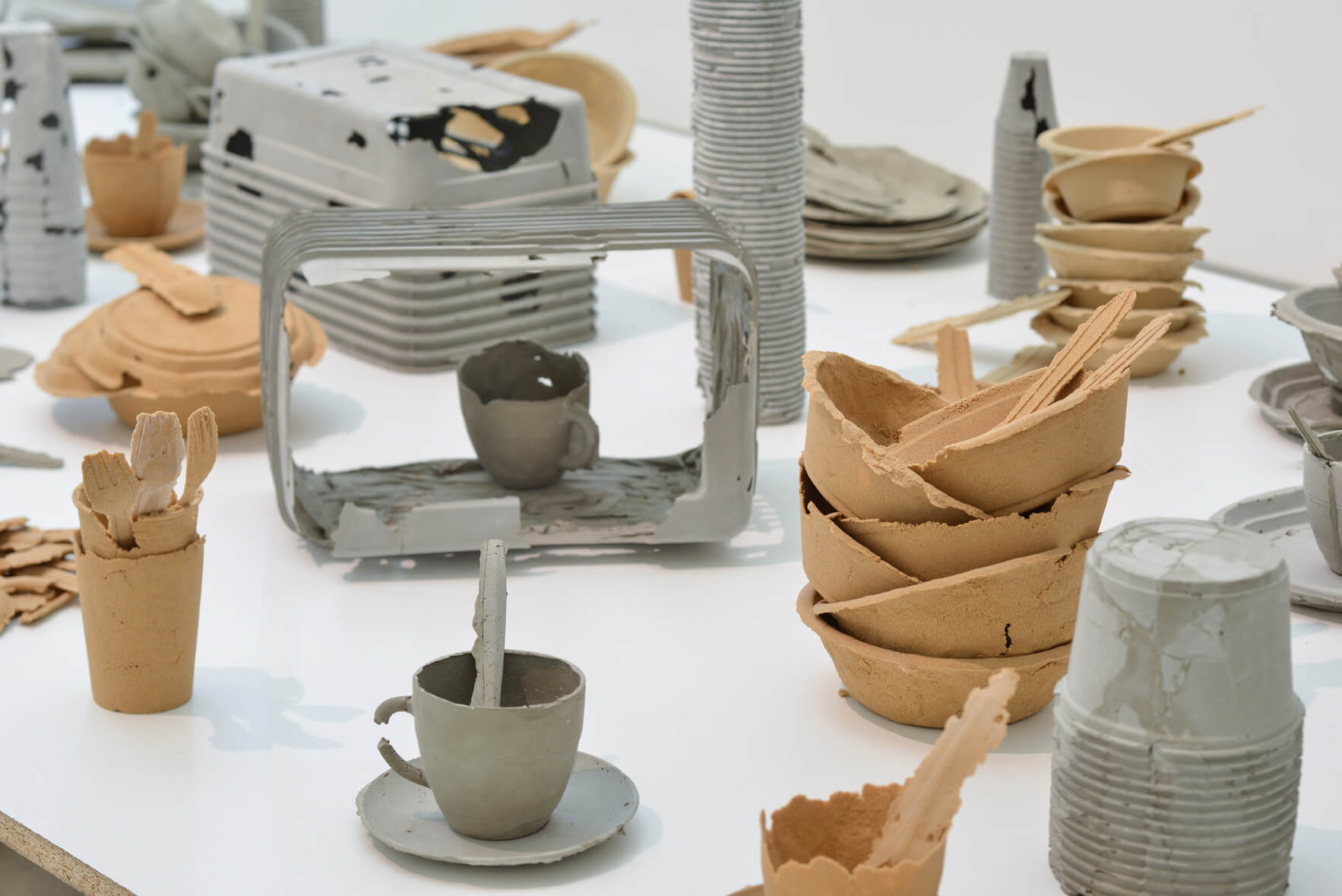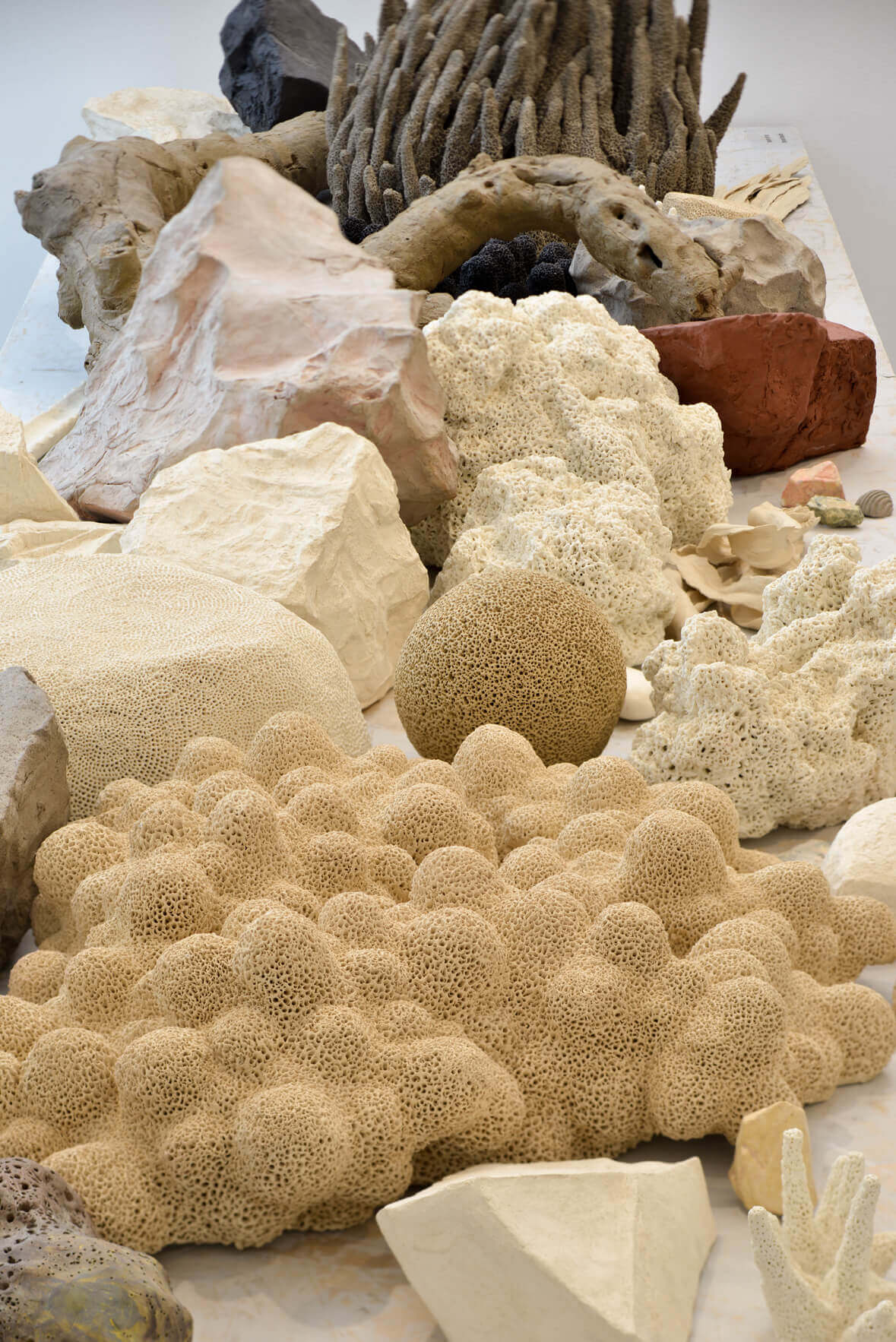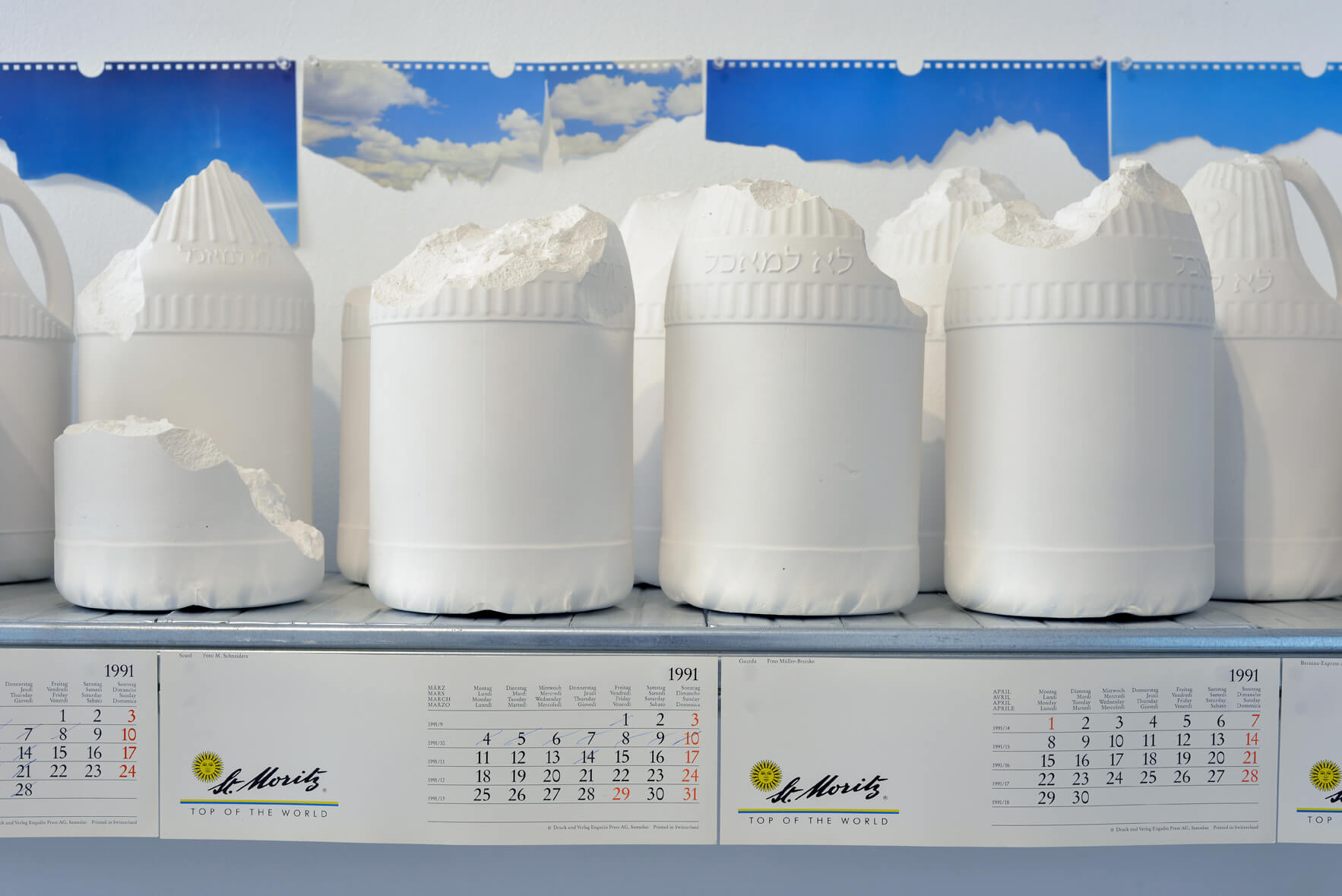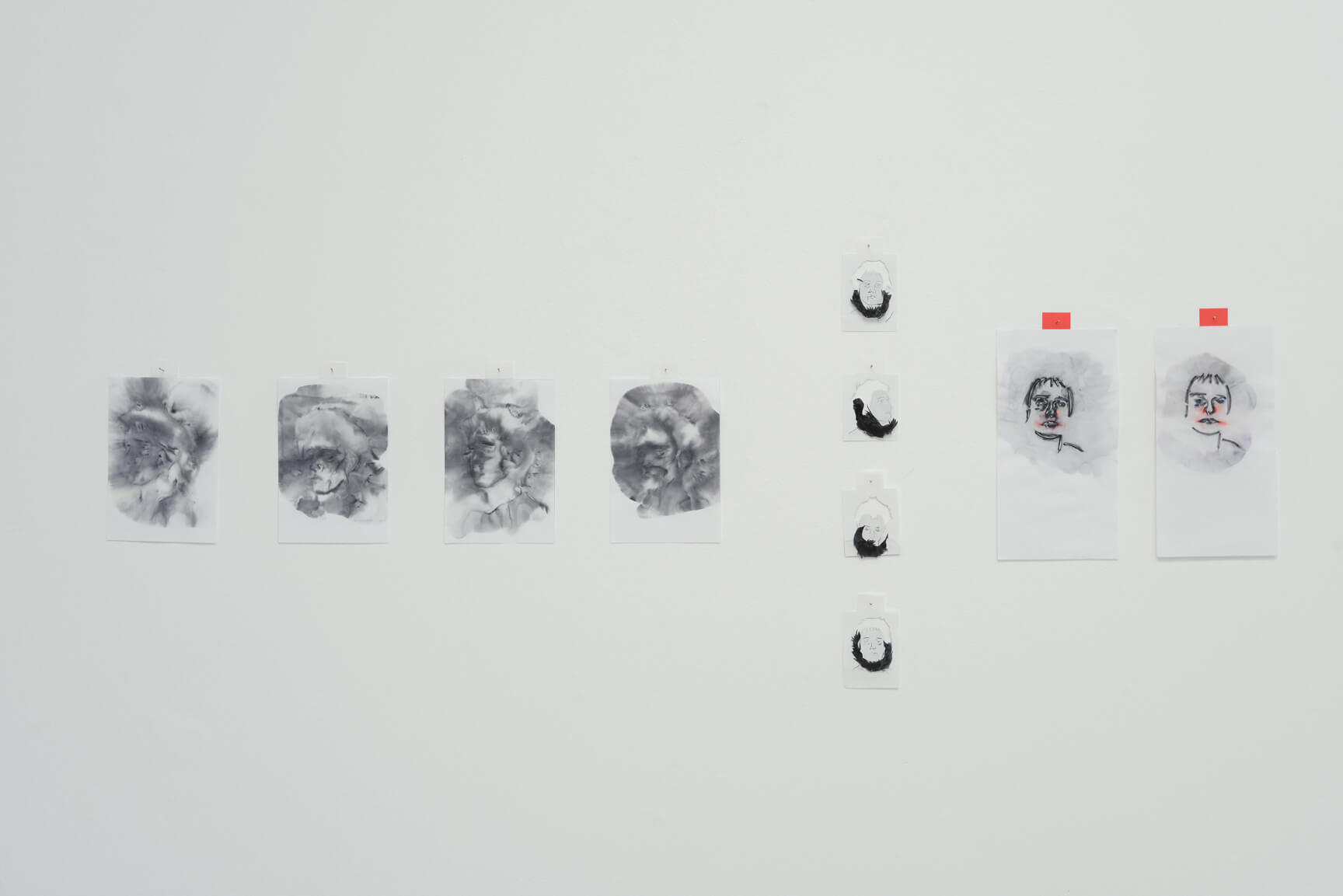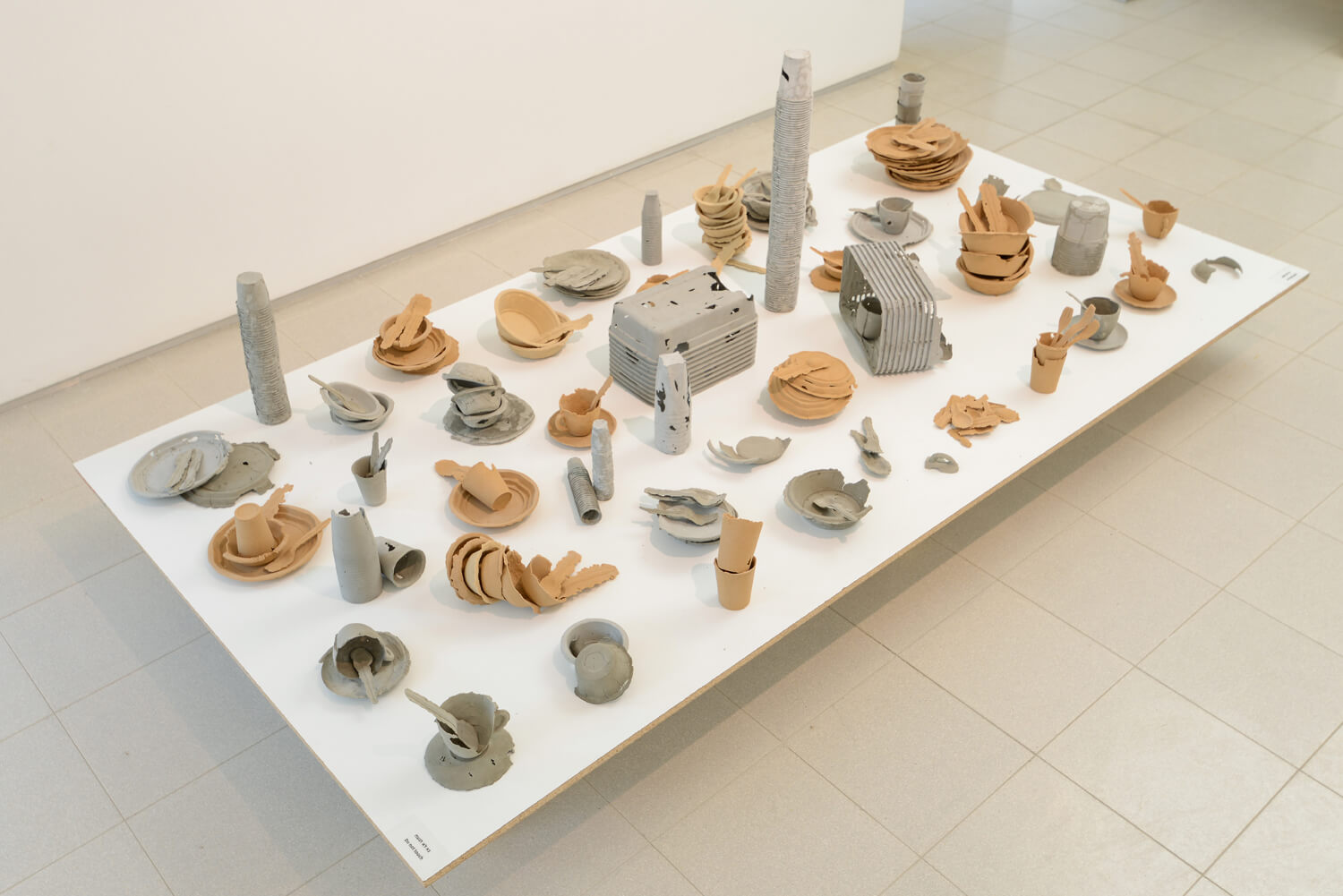Opening: Thursday 28/2/19
Closing: Saturday 27/4/19
Gallery talk Friday 12/4/19 at 11:30
Curator: Dina Kahana Gueller
Participants:
Haimi Fenichel, Sally Krystal Kramberg, Dina Berman Maykon, Dalia Meiri, Joshua Borkovsky, David Morris, Ziv Tsfati, Daniela Yaniv Richter, Amnon Israeli, Erez Israeli, Ron Chen, Edna Oliver Fridman, Kees Viser, Tal R, Maya Muchavsky Parnas, Meair Franco, Orit Adar Bachar
Quote:
In that Empire, the art of cartography attained such perfection that the map of a single province occupied the entirety of a city, and the map of the Empire, the entirety of a province. In time, those unconscionable maps on longer satisfied, and the cartographers guilds struck a map of the Empire whose size was that of the Empire, and which coincided point for point with it. The following generations, who were not so fond of the study of cartography as the forebears had been, saw that the vast map was useless, and not without some pitilessness was it, that they delivered it up to the inclemencies of sun and winters. In the deserts of the West, still today, there are tattered ruins of that map, inhabited by animals and beggars; in all the land there is no other relic of the disciplines of geography.
Purportedly from Suarez Miranda, Travels of Prudent Men, Book Four CH XLV, Lerida 1658
(Jorge Luis Borges, The Garden of Forking Paths, Translation: Andrew Hurley)
There are small intimate qualities created out of necessity to distill and refine anything that runs on a small scale. These objects may contain complex worlds, powerful in their size, without extraneous noise; It may even be a sharp essence. To diminish allows to load weight and spread unimaginable spaces. In a world where we live with simulation and reduction of reality, it is interesting to see how diminution as an act that is not compression (as in photography) creates an original and special world, disconnected from the large object that is the reference, and becomes an original manifestation with a unique language.
Works selected for the exhibition were made by the artist in the isolation of his studio, without the intervention of production specialists and monumental amplification technology; things that create density and not dispersion, that fascinate the viewer because of their details, the sensitivity of the material, the narrative and the inherent surprises within.
Like a paraphrase in Edmund de Wall’s book “The Hare with the Amber Eyes”: At the base of things in connection with daily life even routine daily life can be at times exotic. They can be sensual and spectacular but not grand like the Marie Antoinette chest or museum display cabinets. It is not Rembrandt nor the Parthenon but not an expression of lack of ambition. They were meant to be touched and reaching out for them is a moment of temptation.

